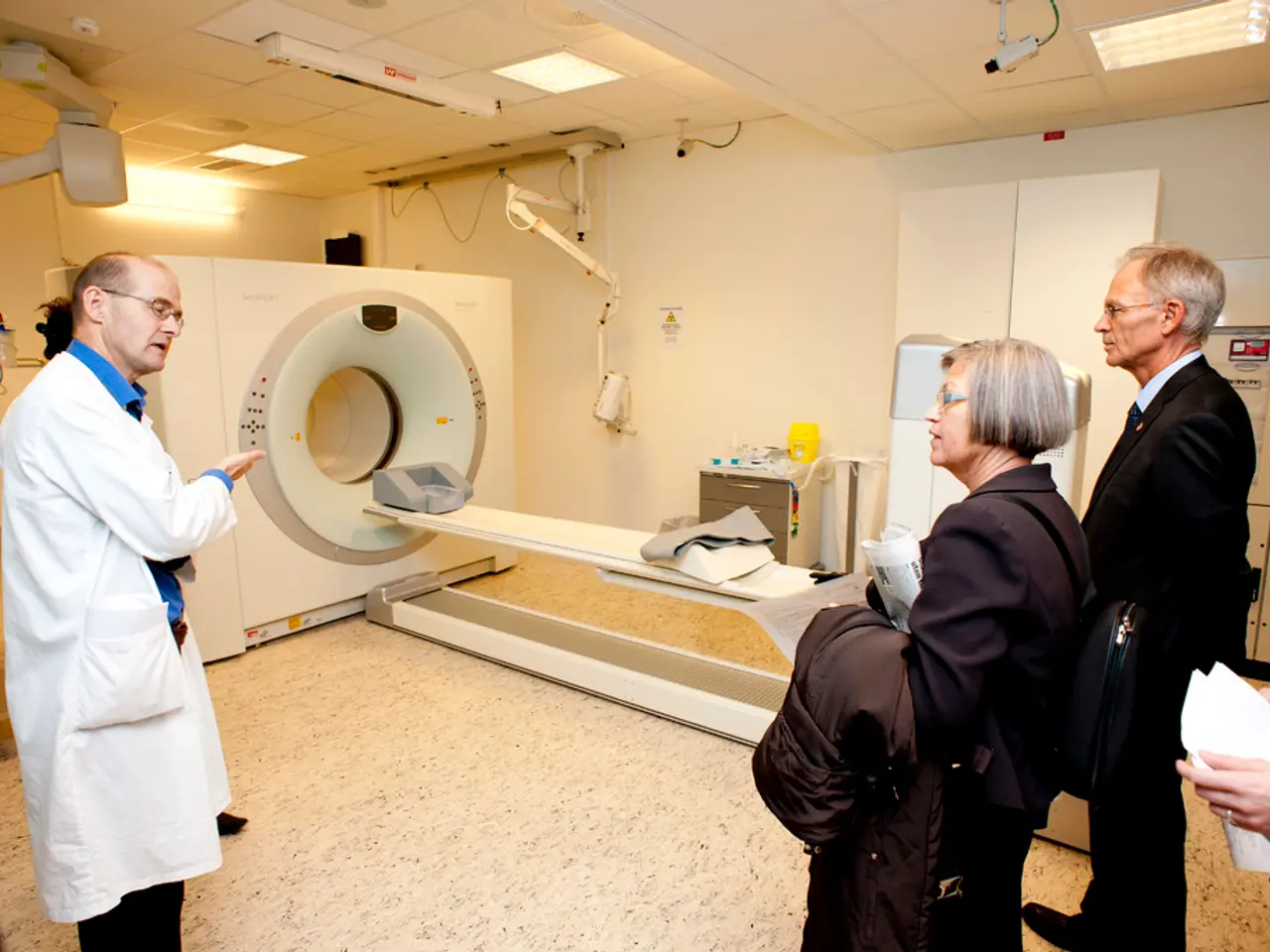Digital Health Revolution: Pivotal Digital Trends Shaping the Future of Medical Care
In the year 2025, the digitalization of healthcare has reached new heights, transforming the way we approach and manage our health. This transformation is marked by the convergence of telemedicine, artificial intelligence (AI), medical-grade wearables, and interoperable data systems.
Telemedicine, once a supplementary service, has become a primary mode of care. Virtual consultations, remote patient monitoring (RPM), and medication management are now commonplace, with many countries providing national insurance coverage for such services. Telemedicine platforms integrate AI-powered chatbots for 24/7 support, automated front-office tasks, and enhanced workflow management, reducing administrative burdens and accelerating patient care.
Artificial Intelligence (AI) diagnostics have become more sophisticated, analysing complex data such as imaging, genetics, and patient history to detect diseases earlier and more accurately than traditional methods. AI assists in clinical decision-making, automates routine processes, and predicts patient risk, thereby improving outcomes and reducing healthcare professional workload.
Wearable devices have transitioned into certified medical tools rather than mere fitness gadgets. FDA-cleared smartwatches and sensors now monitor heart rhythms, oxygen saturation, glucose levels, ECGs, and other vital signs in real-time. They feed continuous data into electronic medical records (EMRs), enabling personalized chronic disease management and predictive health alerts, which help prevent emergencies and empower patients to manage their health actively.
Interoperability, driven by big data and advanced analytics, enables seamless integration of electronic health records (EHR/EMR), health information exchanges (HIE), and connected devices. This integration supports predictive analytics, personalized patient profiles, care gap identification, and resource optimization. AI-enhanced platforms act autonomously on this data to improve healthcare delivery at scale.
The digital transformation of healthcare is not without its challenges. Human-centered UX design and thorough training are vital to avoid "alert fatigue" in this digital age. Data privacy and security, digital divide, clinician burnout, and evolving regulation are major concerns that need to be addressed.
Despite these challenges, the benefits of digital transformation are clear. Governments and providers are advocating for this change as it can improve patient outcomes and potentially reduce costs. Digital health spending reached $44 billion in 2022, largely due to pandemic-era needs for remote monitoring and AI-driven triage.
The global healthcare sector is undergoing a transformation due to the integration of HealthTech, including artificial-intelligence diagnostics, wearable monitors, and virtual consultations. Public health agencies mine aggregated EHR data to spot emerging disease clusters and optimize vaccination campaigns. Machine-learning models in hospital operations forecast ICU bed demand, staffing needs, and surgical backlogs.
Digital therapeutics (DTx) are gaining FDA clearances, offering evidence-based software that treat or manage medical conditions, such as substance-use disorder, insomnia, and depression. Algorithms identify individuals at high risk of readmission or adverse drug reactions, enabling early interventions.
As we look to the future, emerging technologies are expected to push healthcare further toward proactive, personalized care. Genomic data joining forces with AI is leading to hyper-personalized treatment plans tailored to an individual's biology and lifestyle. IBM's rebranded Merative sifts through unstructured medical notes to surface actionable trends, while the U.S. Trusted Exchange Framework and Common Agreement (TEFCA) is pushing vendors to open their APIs, aiming to allow patient records to move seamlessly across systems.
Insurers leverage similar data sets to design personalized wellness incentives, encouraging a healthier population. By the end of the decade, it's clear that digital transformation will have reshaped the healthcare landscape, making it more proactive, personalized, and efficient.
- The integration of artificial-intelligence diagnostics and wearable monitors in healthcare is revolutionizing the early detection of diseases and child-centered user experience design is crucial to avoid "alert fatigue" caused by these new digital tools.
- As we move towards a future where genomic data meets AI for hyper-personalized treatment plans, the US Trusted Exchange Framework and Common Agreement (TEFCA) is focused on allowing patient records to move seamlessly across systems, aiming for a more efficient and proactive healthcare landscape by the end of the decade, while insurers use similar data sets to design personalized wellness incentives.




